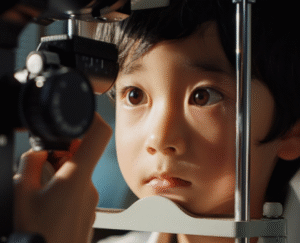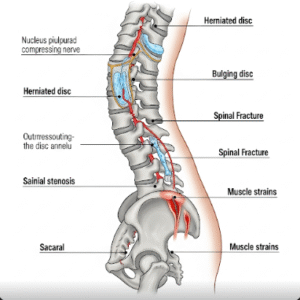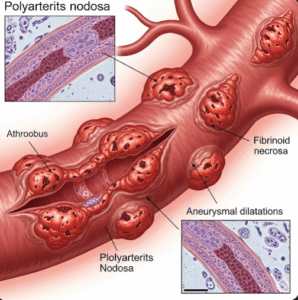Overview
Systolic heart failure, also known as heart failure with reduced ejection fraction (HFrEF), is a serious condition where the heart’s ability to pump blood effectively is compromised. It is a common cause of hospital admissions and disability globally. In South Korea, patients with systolic heart failure benefit from highly specialized cardiac care, modern diagnostics, and access to the latest medications and implantable devices.
What is Systolic Heart Failure?
Systolic heart failure occurs when the heart muscle, especially the left ventricle, loses its ability to contract normally. This means it cannot pump enough oxygen-rich blood to meet the body’s needs. It is often measured by the ejection fraction (EF) — the percentage of blood pumped out of the left ventricle with each beat. An EF of less than 40% typically indicates systolic heart failure.
This condition is different from diastolic heart failure, where the heart has trouble relaxing and filling with blood, despite a preserved ejection fraction.
Symptoms
Symptoms may develop gradually or suddenly and can include:
- Shortness of breath (dyspnea), especially during exertion or lying down
- Fatigue and weakness
- Swelling (edema) in legs, ankles, feet, or abdomen
- Rapid or irregular heartbeat
- Persistent cough or wheezing (sometimes with white or pink-tinged phlegm)
- Weight gain from fluid retention
- Difficulty concentrating or confusion
- Decreased exercise tolerance
Causes
Systolic heart failure can be caused by conditions that damage the heart muscle or make it work harder over time. Common causes include:
- Coronary artery disease (CAD) and heart attacks
- High blood pressure (hypertension)
- Dilated cardiomyopathy
- Heart valve disease
- Myocarditis (inflammation of the heart muscle)
- Arrhythmias, especially persistent atrial fibrillation
- Congenital heart defects
- Substance abuse (alcohol, cocaine)
- Certain chemotherapy drugs or radiation to the chest
Risk Factors
- Previous heart attack or stroke
- Chronic hypertension
- Diabetes mellitus
- Smoking
- Obesity
- Family history of cardiomyopathy or heart failure
- Excessive alcohol use
- Poorly controlled cholesterol levels
Complications
Without proper treatment, systolic heart failure can lead to:
- Worsening heart failure
- Pulmonary hypertension
- Kidney damage or failure
- Liver congestion
- Arrhythmias (e.g., ventricular tachycardia)
- Sudden cardiac arrest or death
- Decreased quality of life and functional capacity
Prevention
Preventive measures can reduce the risk of developing systolic heart failure or slow its progression:
- Controlling blood pressure and cholesterol
- Managing diabetes properly
- Avoiding smoking and alcohol abuse
- Maintaining a healthy weight
- Exercising regularly (as advised by a doctor)
- Treating heart conditions early (e.g., valve disease or CAD)
- Avoiding cardiotoxic drugs and managing infections promptly
Treatment Options in Korea
South Korea offers state-of-the-art treatment for systolic heart failure through a combination of medical therapy, device implantation, and surgical interventions.
Diagnosis
- Echocardiography (to measure ejection fraction and wall motion)
- Electrocardiogram (ECG) and Holter monitoring
- Chest X-ray
- Blood tests (e.g., BNP/NT-proBNP, troponins, kidney/liver function)
- Cardiac MRI or CT
- Cardiac catheterization for evaluating coronary artery blockages
Medications
South Korean hospitals follow international heart failure treatment guidelines (e.g., AHA/ESC) and offer the latest drug therapies, including:
- ACE inhibitors or ARBs
- ARNIs (e.g., sacubitril/valsartan)
- Beta-blockers (e.g., carvedilol, bisoprolol)
- Mineralocorticoid receptor antagonists (e.g., spironolactone)
- SGLT2 inhibitors (e.g., dapagliflozin, empagliflozin)
- Loop diuretics (e.g., furosemide) to manage fluid overload
- Digoxin in specific cases
Device Therapy
- Implantable cardioverter-defibrillator (ICD) for arrhythmia prevention
- Cardiac resynchronization therapy (CRT) in patients with ventricular dyssynchrony
- Left ventricular assist device (LVAD) for advanced heart failure
Surgical Options
- Coronary artery bypass grafting (CABG) if CAD is present
- Valve repair or replacement
- Heart transplant in severe, end-stage heart failure (available in select Korean centers)
Lifestyle and Rehabilitation
- Personalized cardiac rehabilitation programs
- Nutrition and fluid management counseling
- Smoking cessation and alcohol moderation support
- Psychosocial support for depression and anxiety related to chronic illness













